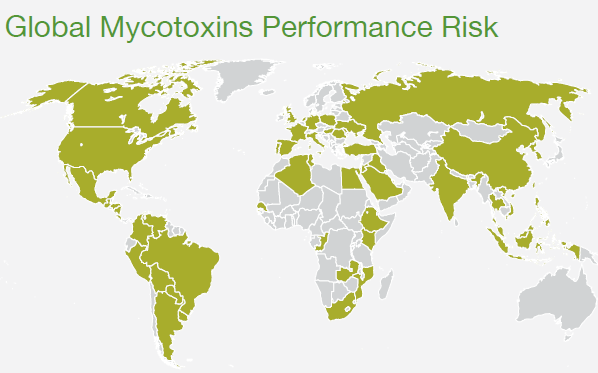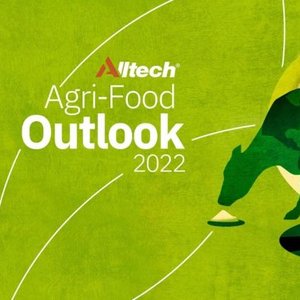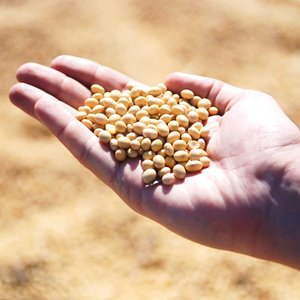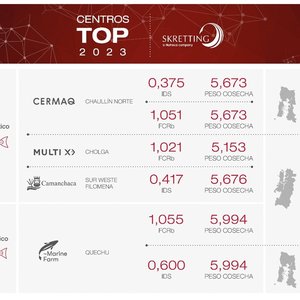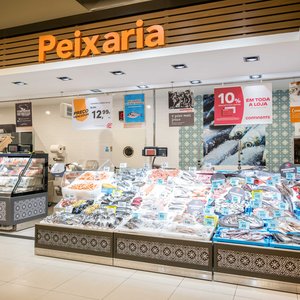Cargill’s report aims to give the animal feed industry actionable insights to improve the performance and health of their animals. The survey includes key global trends, ingredient contamination rates and regional mycotoxin prevalence data.
For farmers around the world, proactive risk management is key to protecting animal health and winning the battle against mycotoxins. They need comprehensive data on mycotoxin contaminates in order to make decisions regarding the inclusion of additives in feed to mitigate their presence. The report covers the contamination or prevalence rate (% positive analyses contaminated with at least one mycotoxin), the level of contamination (mycotoxin concentration level), and the species sensitivity when exposed to a given mycotoxin.
The key global trends the report shows in 2021 are:
- A high number of positive analyses above detection limits. In 2021, 72% of analyses were contaminated with at least one mycotoxin. Contamination is more likely than not across all ingredients.
- The “Big Four.” The 2021 data shows that vomitoxin, fumonisin, zearalenone and aflatoxin are the most prevalent mycotoxins worldwide.
- Positive analyses are not always concerning. For example, when looking at 2021 contaminated analyses, while 72% are positive for mycotoxin contamination, just 35% had contamination levels above Cargill performance risk thresholds.
- Also included in the report are ingredient group trends - corn, cereals and oilseeds, species group trends and regional trends from around the world.
Six years ago, Cargill Animal Nutrition created a global and web-based mycotoxins tool powered by hundreds of thousands of mycotoxins analyses. Today, with more than 300,000 mycotoxin analyses captured annually across more than 150 global feed plants, on-farm samplings and storage locations, Cargill hosts the largest, most comprehensive mycotoxin contamination database in the world.
“Our customers need real-time actionable data to help them make decisions for the health of their animals. Thanks to our data centralization efforts, Cargill generates a critical information mass that allows us to characterize risk for each region, species, or ingredient”, said the author of the report, Clement Soulet, global category manager for additives for Cargill’s Animal Nutrition business.
The company can evaluate worldwide, large-scale trends and provide customized mycotoxin risk information with the most extensive global dataset data. Data collected from the past four years indicates increasing mycotoxin prevalence. Proactive risk management is key to winning the battle against mycotoxins.
The complete 2021 World Mycotoxin Report can be found here.


